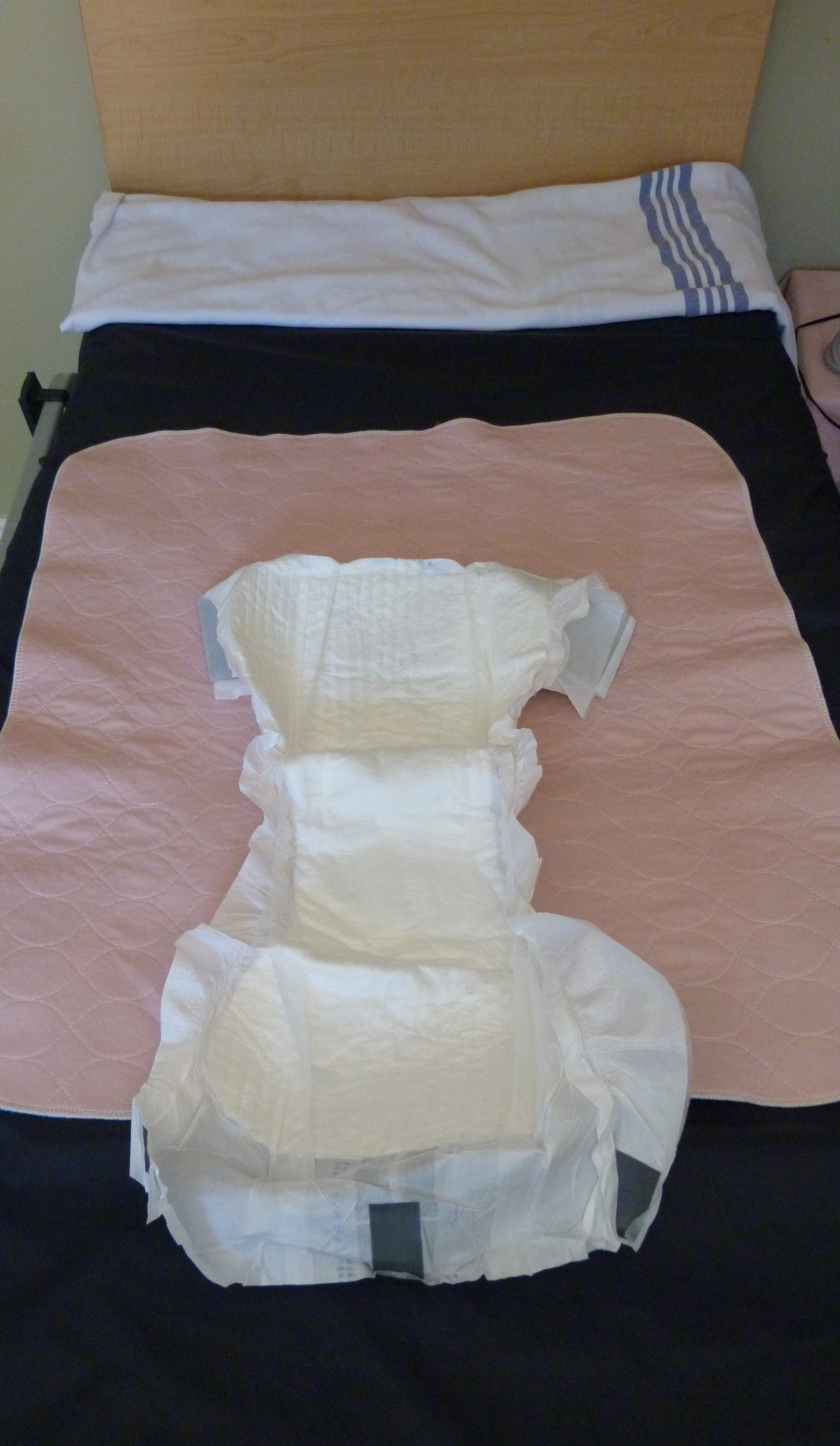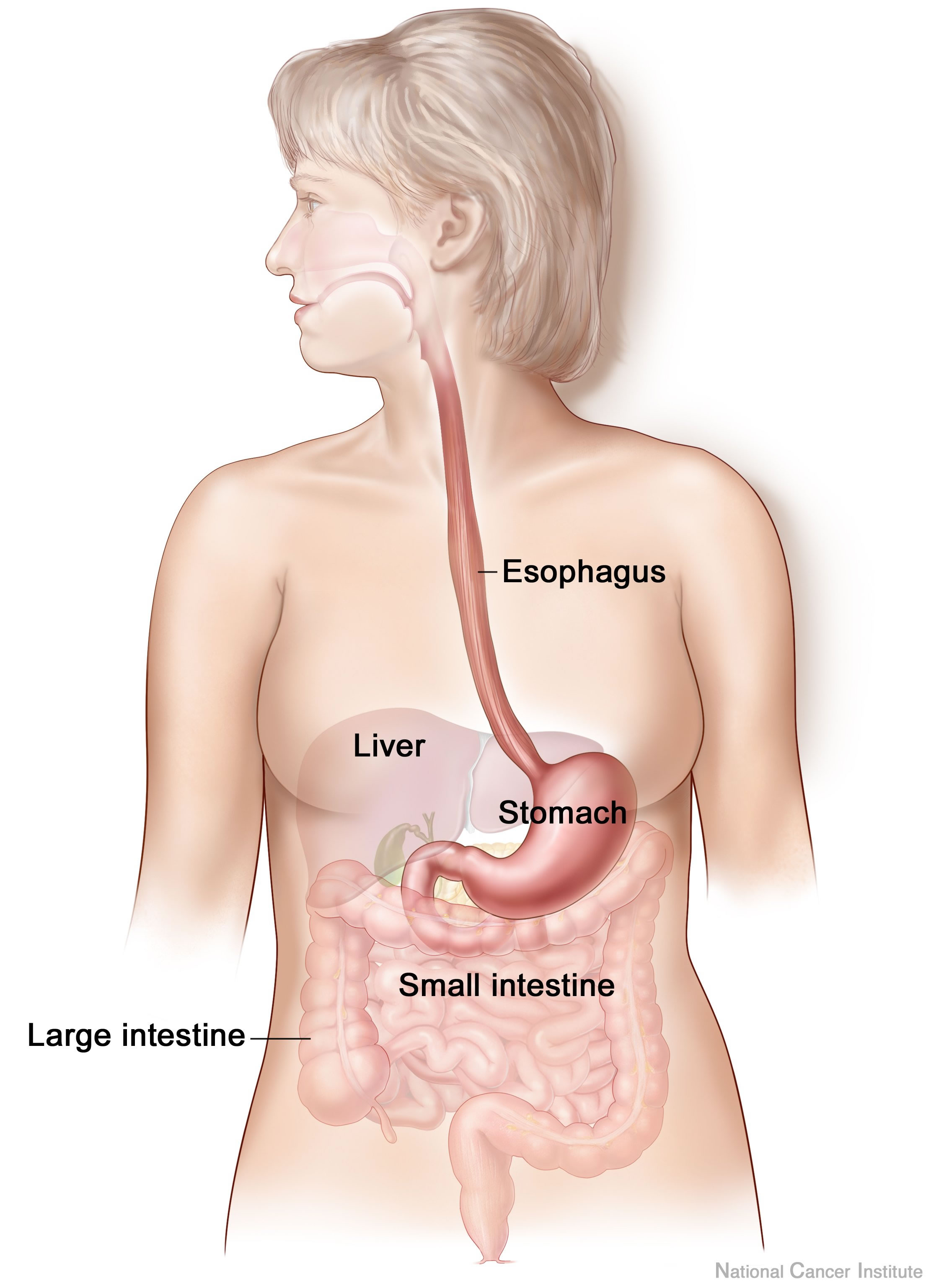|
Kock Pouch
A Kock pouch is a continent pouch formed by the terminal ileum after colectomy. The procedure was detailed and first performed in 1969 by Dr. Nils Kock. __TOC__ Indications Kock pouch ileostomy is indicated for patients who are unfit for ileal pouch anal anastomosis (IPAA) because the anus and anal sphincter will be removed during the operation; and patients who develop severe incontinence after IPAA.''Nils G. Kock'' Classic Article; foreword by Corman, Marvin L., M.D.; March 1994; Springer (web); Volume 37, Issue 3; excerpt from "Diseases of the Colon & Rectum"; Chapter: Intra-abdominal 'Reservoir' in Patients With Permanent Ileostomy; Pp. 278–279. A Kock pouch need not be created during the initial colectomy surgery. Details The pouch has a volume of 500ml to 1000ml so that |
Ileum
The ileum () is the final section of the small intestine in most higher vertebrates, including mammals, reptiles, and birds. In fish, the divisions of the small intestine are not as clear and the terms posterior intestine or distal intestine may be used instead of ileum. Its main function is to absorb vitamin B12, vitamin B12, bile salts, and whatever products of digestion that were not absorbed by the jejunum. The ileum follows the duodenum and jejunum and is separated from the cecum by the ileocecal valve (ICV). In humans, the ileum is about 2–4 m long, and the pH is usually between 7 and 8 (neutral or slightly base (chemistry), basic). ''Ileum'' is derived from the Greek word εἰλεός (eileós), referring to a medical condition known as ileus. Structure The ileum is the third and final part of the small intestine. It follows the jejunum and ends at the ileocecal junction, where the wikt:terminal, terminal ileum communicates with the cecum of the large intestine thro ... [...More Info...] [...Related Items...] OR: [Wikipedia] [Google] [Baidu] |
Colectomy
Colectomy (''wikt:colo-#Prefix, col-'' + ''wikt:-ectomy#Suffix, -ectomy'') is the surgical removal of any extent of the Large intestine#Structure, colon, the longest portion of the large bowel. Colectomy may be performed for prophylactic, curative, or palliative reasons. Indications include cancer, infection, infarction, perforation, and impaired function of the colon. Colectomy may be performed Laparotomy, open, Laparoscopy, laparoscopically, or Robot-assisted surgery, robotically. Following removal of the bowel segment, the surgeon may restore continuity of the bowel or create a colostomy. Partial or subtotal colectomy refers to removing a portion of the colon, while total colectomy involves the removal of the entire colon. Complications of colectomy include anastomotic leak, bleeding, infection, and damage to surrounding structures. Indications Common indications for colectomy include: * Colon cancer, Colorectal cancer * Colorectal polyp, Colon polyps not amenable to removal b ... [...More Info...] [...Related Items...] OR: [Wikipedia] [Google] [Baidu] |
Nils Kock
Nils G. Kock (January 29, 1924 – August 24, 2011) was a professor of surgery who taught and practiced at the University of Gothenburg, Gothenburg, Sweden. Kock was noted for his research, experimentation, and colorectal surgical techniques. These led to his breakthrough development of the Kock pouch, used for people who require excretory stomas. Personal life and education Kock was born in Jakobstad, Finland in 1924. Following military service in the Finnish Army during World War II, he attended the University of Helsinki Medical School, and graduated in 1951.''Nils G. Kock'' Classic Article; foreword by Corman, Marvin L., M.D.; March 1994; Springer (web); Volume 37, Issue 3; excerpt from "Diseases of the Colon & Rectum"; Chapter: Intra-abdominal 'Reservoir' in Patients With Permanent Ileostomy; Pp. 278–279. [...More Info...] [...Related Items...] OR: [Wikipedia] [Google] [Baidu] |
Ileo-anal Pouch
In medicine, the ileal pouch–anal anastomosis (IPAA), also known as restorative proctocolectomy (RPC), ileal-anal reservoir (IAR), an ileo-anal pouch, ileal-anal pullthrough, or sometimes referred to as a J-pouch, S-pouch, W-pouch, or a pelvic pouch, is an anastomosis of a reservoir pouch made from ileum (small intestine) to the anus, bypassing the former site of the colon in cases where the colon and rectum have been removed. The pouch retains and restores functionality of the anus, with stools passed under voluntary control of the person, preventing fecal incontinence and serving as an alternative to a total proctocolectomy with ileostomy. During a total proctocolectomy, a surgeon removes a person's diseased colon, rectum, and anus. For the ileostomy, the end of the small intestine is brought to the surface of the body through an opening in the abdominal wall for waste to be removed. People with ileostomies wear an external bag, also known as an ostomy system or stoma appli ... [...More Info...] [...Related Items...] OR: [Wikipedia] [Google] [Baidu] |
Fecal Incontinence
Fecal incontinence (FI), or in some forms, encopresis, is a lack of control over defecation, leading to involuntary loss of bowel contents—including flatus (gas), liquid stool elements and mucus, or solid feces. FI is a sign or a symptom, not a diagnosis. Incontinence can result from different causes and might occur with either constipation or diarrhea. Continence is maintained by several interrelated factors, including the anal sampling mechanism, and incontinence usually results from a deficiency of multiple mechanisms. The most common causes are thought to be immediate or delayed damage from childbirth, complications from prior anorectal surgery (especially involving the anal sphincters or hemorrhoidal vascular cushions), altered bowel habits (e.g., caused by irritable bowel syndrome, Crohn's disease, ulcerative colitis, food intolerance, or constipation with overflow incontinence). Reported prevalence figures vary: an estimated 2.2% of community-dwelling adult ... [...More Info...] [...Related Items...] OR: [Wikipedia] [Google] [Baidu] |
Human Feces
Human feces (American English) or faeces (British English), commonly and in medical literature more often called stool, are the solid or semisolid remains of food that could not be digested or absorbed in the small intestine of humans, but has been further broken down by bacteria in the large intestine. It also contains bacteria and a relatively small amount of metabolic waste products such as bacterially altered bilirubin, and the dead epithelial cells from the lining of the gut. It is discharged through the anus during a process called defecation. Human feces has similarities to the feces of other animals and varies significantly in appearance (i.e. size, color, texture), according to the state of the diet, digestive system, and general health. Normally, human feces are semisolid, with a mucus coating. Small pieces of harder, less moist feces can sometimes be seen impacted in the distal (final or lower) end. This is a normal occurrence when a prior bowel movement is incomp ... [...More Info...] [...Related Items...] OR: [Wikipedia] [Google] [Baidu] |
Ostomy Pouching System
An ostomy pouching system is a prosthetic medical device that provides a means for the collection of waste from a surgically diverted biological system ( colon, ileum, bladder) and the creation of a stoma. Pouching systems are most commonly associated with colostomies, ileostomies, and urostomies. Pouching systems usually consist of a collection pouch, a barrier on the skin, and connect with the stoma itself, which is the part of the body that has been diverted to the skin. The system may be a one-piece system consisting only of a bag or, in some instances involve a device placed on the skin with a collection pouch that is attached mechanically or with an adhesive in an airtight seal, known as a two-piece system. The system used varies between individuals and is often based on the medical reason, personal preference and lifestyle. Uses Ostomy pouching systems collect waste that is output from a stoma. The pouching system allows the stoma to drain into a sealed collection ... [...More Info...] [...Related Items...] OR: [Wikipedia] [Google] [Baidu] |
Rectal Prolapse
A rectal prolapse occurs when walls of the rectum have prolapsed to such a degree that they protrude out of the anus and are visible outside the body. However, most researchers agree that there are 3 to 5 different types of rectal prolapse, depending on whether the prolapsed section is visible externally, and whether the full or only partial thickness of the rectal wall is involved. Rectal prolapse may occur without any symptoms, but depending upon the nature of the prolapse there may be mucous discharge (mucus coming from the anus), rectal bleeding, degrees of fecal incontinence, and obstructed defecation symptoms. Rectal prolapse is generally more common in elderly women, although it may occur at any age and in either sex. It is very rarely life-threatening, but the symptoms can be debilitating if left untreated. Most external prolapse cases can be treated successfully, often with a surgical procedure. Internal prolapses are traditionally harder to treat and surgery may not b ... [...More Info...] [...Related Items...] OR: [Wikipedia] [Google] [Baidu] |
Digestive System
The human digestive system consists of the gastrointestinal tract plus the accessory organs of digestion (the tongue, salivary glands, pancreas, liver, and gallbladder). Digestion involves the breakdown of food into smaller and smaller components, until they can be absorbed and assimilated into the body. The process of digestion has three stages: the cephalic phase, the gastric phase, and the intestinal phase. The first stage, the cephalic phase of digestion, begins with secretions from gastric glands in response to the sight and smell of food, and continues in the human mouth, mouth with the mechanical breakdown of food by chewing, and the chemical breakdown by digestive enzymes in the saliva. Saliva contains amylase, and lingual lipase, secreted by the salivary glands, and serous glands on the tongue. Chewing mixes the food with saliva to produce a Bolus (digestion), bolus to be Swallowing, swallowed down the esophagus to enter the stomach. The second stage, the gastric phase ... [...More Info...] [...Related Items...] OR: [Wikipedia] [Google] [Baidu] |



